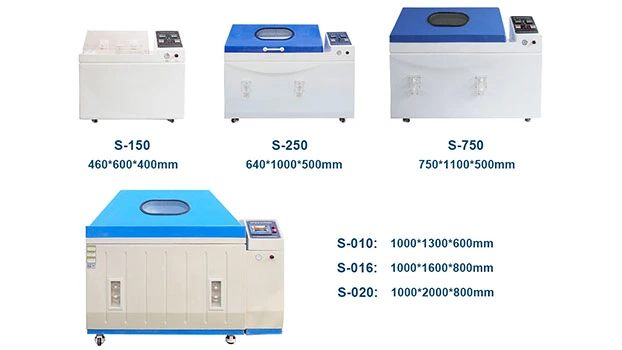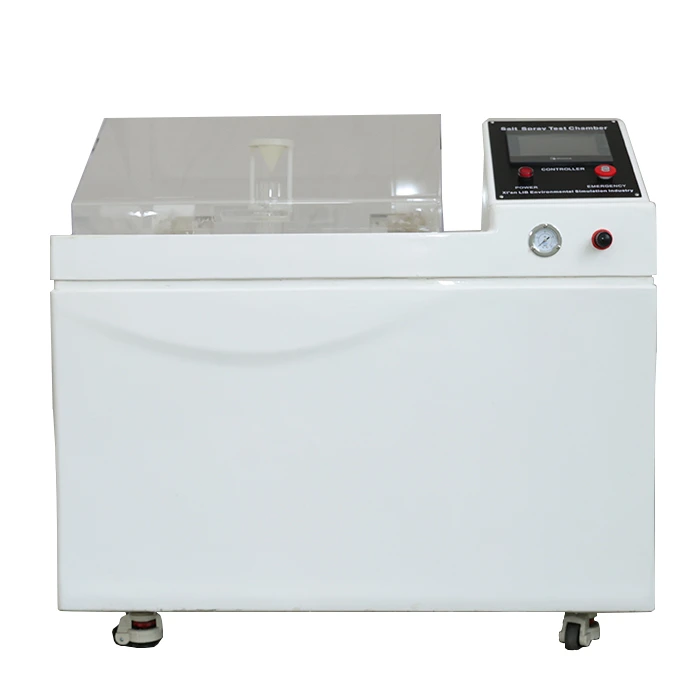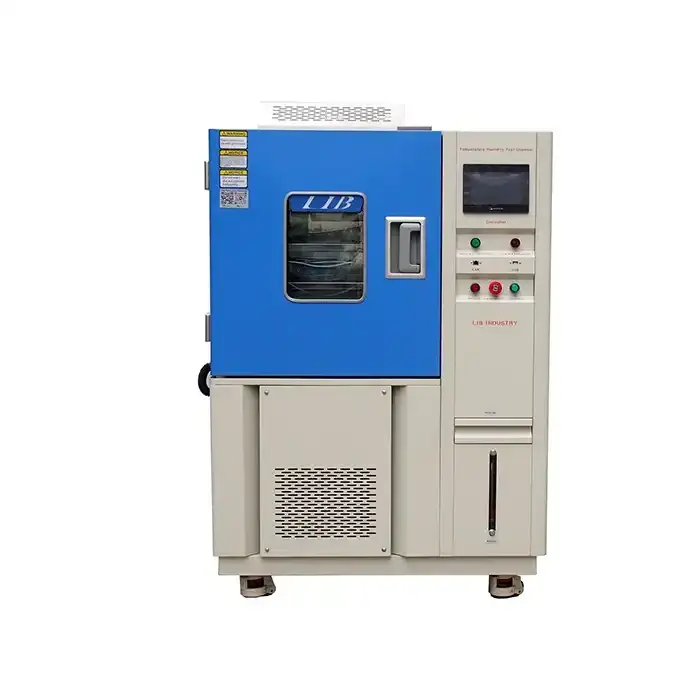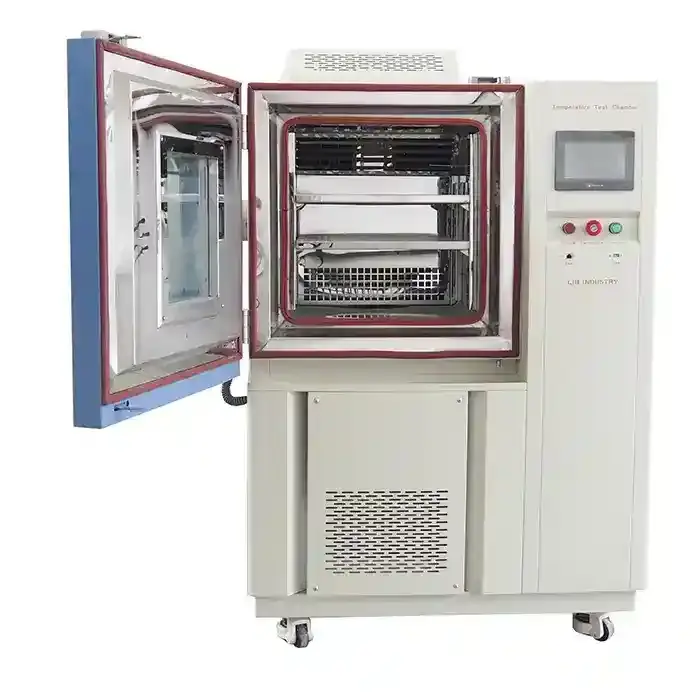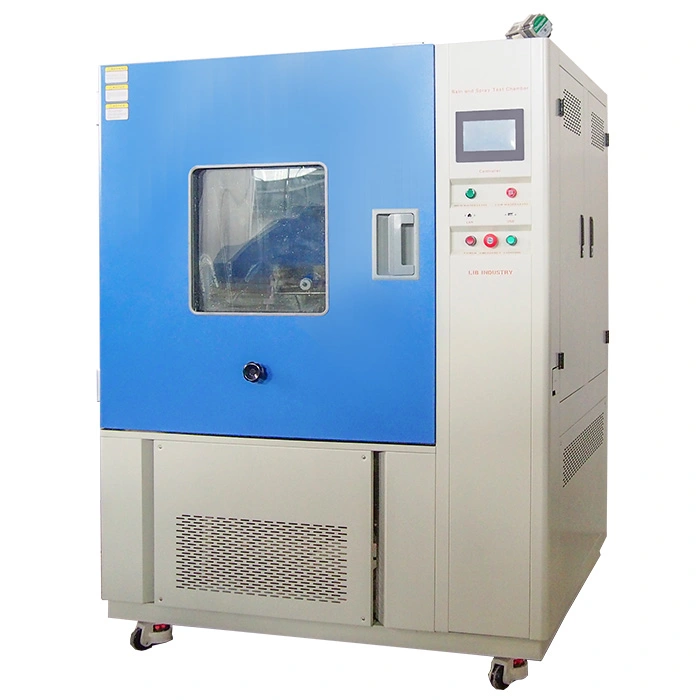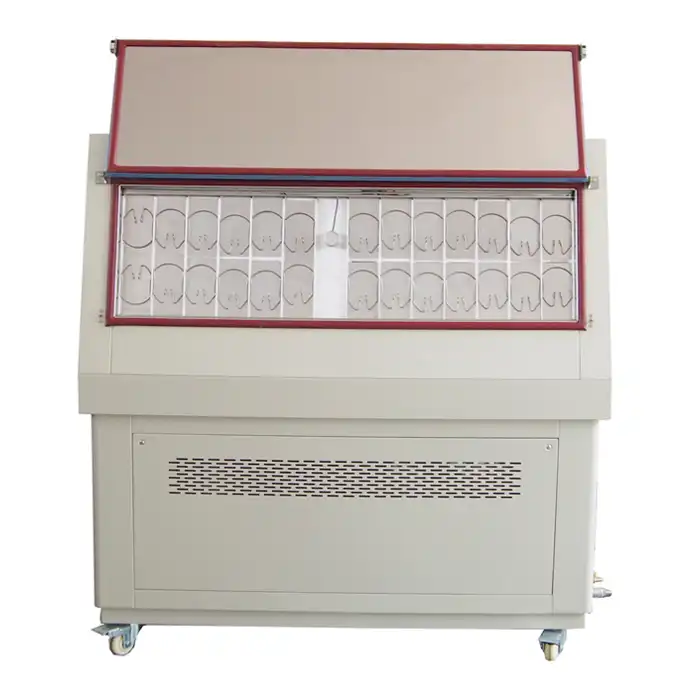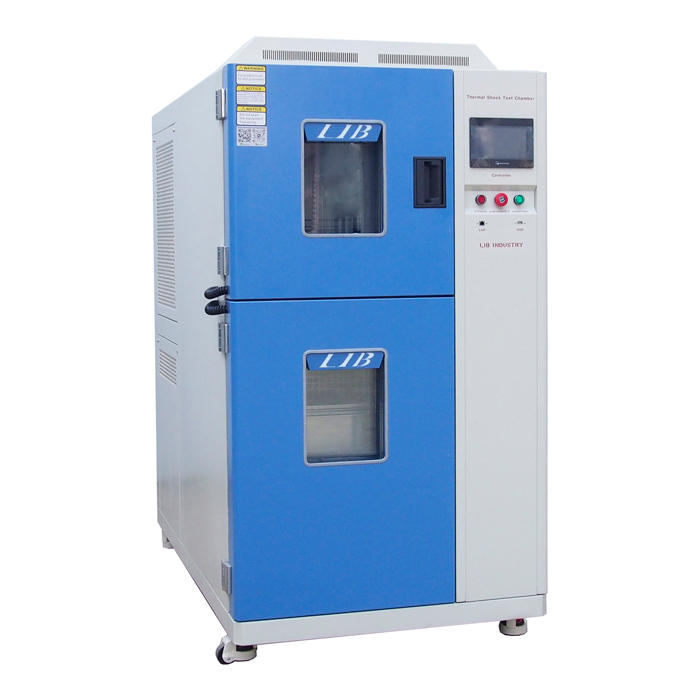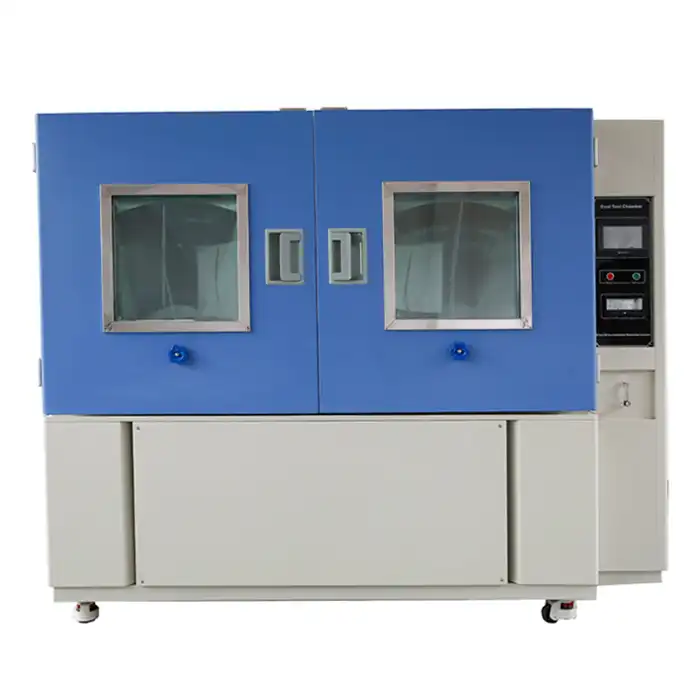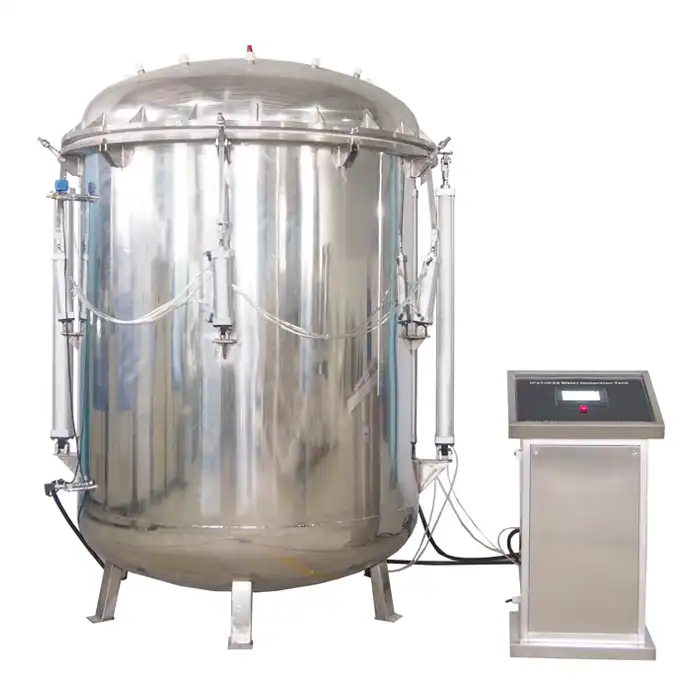Unlocking Durability Insights: How the ASTM B117 Chamber Works?
When it comes to testing material durability against corrosion, the ASTM B117 chamber is the industry standard. This specialized test chamber simulates harsh marine environments, helping manufacturers evaluate the corrosion resistance of metals, coatings, and components. Understanding how it works can provide valuable insights into product longevity and performance.
Creating the Corrosive Environment: The Science Behind Salt Solution Atomization
The effectiveness of an ASTM B117 chamber begins with how it generates the salt fog environment. This is achieved through a precisely engineered atomization process, where a saltwater solution (typically 5% sodium chloride) is transformed into a fine mist.
Compressed air forces the salt solution through a nozzle, breaking it into tiny droplets that remain suspended in the chamber. The droplet size and distribution are carefully controlled to mimic real-world corrosive conditions. This process ensures that test specimens experience uniform exposure to the salt-laden atmosphere, providing accurate and repeatable results.
Maintaining Precise Climate Control: Temperature and Humidity’s Role in Accelerated Corrosion
Temperature and humidity regulation are critical for maintaining consistent test conditions in an ASTM B117 chamber. The standard test operates at 35 °C with a relative humidity of nearly 100%, creating an environment conducive to accelerated corrosion.
A precise heating system ensures that the chamber maintains stable temperatures. If fluctuations occur, it can lead to inconsistent corrosion rates and unreliable test results. The humidity level is naturally achieved due to the continuous evaporation of the salt fog, eliminating the need for additional humidity control.
For example, studies have shown that even a 5 °C deviation from the standard test temperature can alter corrosion rates by up to 20%, impacting the accuracy of material performance assessments. To prevent this, high-quality chambers integrate automated temperature control systems that continuously monitor and adjust the internal climate.
Uniform Salt Fog Distribution: Ensuring Consistent Exposure for Reliable Results
ASTM B117 chambers achieve uniform salt spray distribution by controlling the airflow dynamics within the test space. The salt fog is continuously circulated, preventing accumulation in certain areas while ensuring even coverage across the test specimens. To validate uniformity, test chambers undergo periodic calibration using collection funnels that measure the deposition rate over a 24-hour period.
For instance, industry guidelines recommend a fog collection rate of 1.0 to 2.0 mL per hour per 80 cm² surface area. If the deposition rate falls outside this range, it may indicate improper atomization, airflow imbalances, or clogged nozzles. Properly maintained chambers ensure that test specimens experience corrosion in a way that accurately reflects real-world conditions.
The Continuous Cycle: From Saltwater Reservoir to Controlled Exposure and Drainage
The operation of an ASTM B117 chamber follows a continuous cycle, ensuring a stable and controlled testing environment. The process begins with a reservoir containing the prepared salt solution, which is then pumped into the atomization system.
Once atomized, the salt fog circulates within the chamber, coating the test specimens. The excess fog naturally settles and is collected through a drainage system, preventing salt buildup that could interfere with test accuracy.
To maintain test integrity, the reservoir solution is regularly replenished, ensuring a consistent concentration of salt throughout the test duration. Additionally, drainage systems prevent contamination by removing excess solution and preventing recirculation.
LIB ASTM B117 Chamber
LIB Industry specializes in advanced ASTM B117 chambers, designed for precise and reliable salt spray testing. Our chambers feature:
| Temperature Range: Ambient ~ +60 ℃ Temperature Fluctuation: ± 0.5 ℃ Temperature Deviation: ± 2.0 ℃ Humidity Range: 95% ~ 98% RH Salt Fog Deposition: 1~2ml / 80cm2 · h Spray Type: Continuous / Periodic Salt Fog Collected: Fog collector and fog measure cylinder Air Preheating: Saturated air barrel Spraying System: Atomizer tower and Spray nozzles Controller: PID controller |
- Automated Climate Control - Ensuring stable temperature and humidity conditions for accurate corrosion simulation.
- Uniform Salt Fog Distribution - Optimized airflow and nozzle placement for consistent exposure.
- High-Quality Construction - Corrosion-resistant materials for long-term durability and low maintenance.
- Customizable Test Parameters - Adjustable fog density, temperature, and exposure duration to meet specific testing needs.
With LIB Industry's cutting-edge ASTM B117 chamber, manufacturers can confidently assess the corrosion resistance of their products under controlled, repeatable conditions. Contact us at ellen@lib-industry.com for more details on how our solutions can enhance your testing capabilities.
References
1. American Society for Testing and Materials (ASTM) - Standard B117 guidelines for salt spray (fog) testing.
2. Materials Performance Journal - Analysis of corrosion testing methodologies and their industrial applications.
3. International Journal of Corrosion Science - Research on temperature and humidity effects in accelerated corrosion testing.
4. Surface Engineering Handbook - Best practices for corrosion resistance evaluation in manufacturing.



